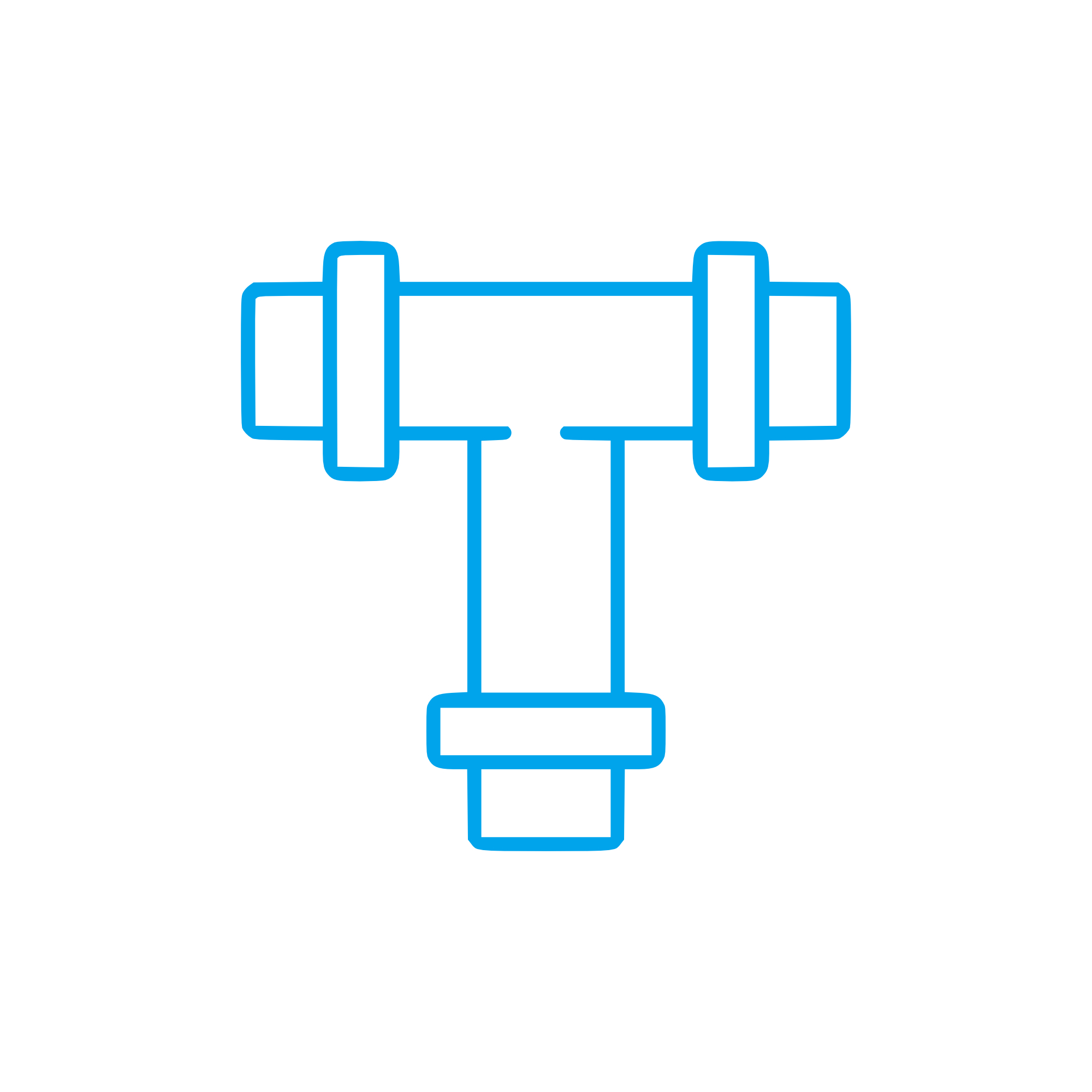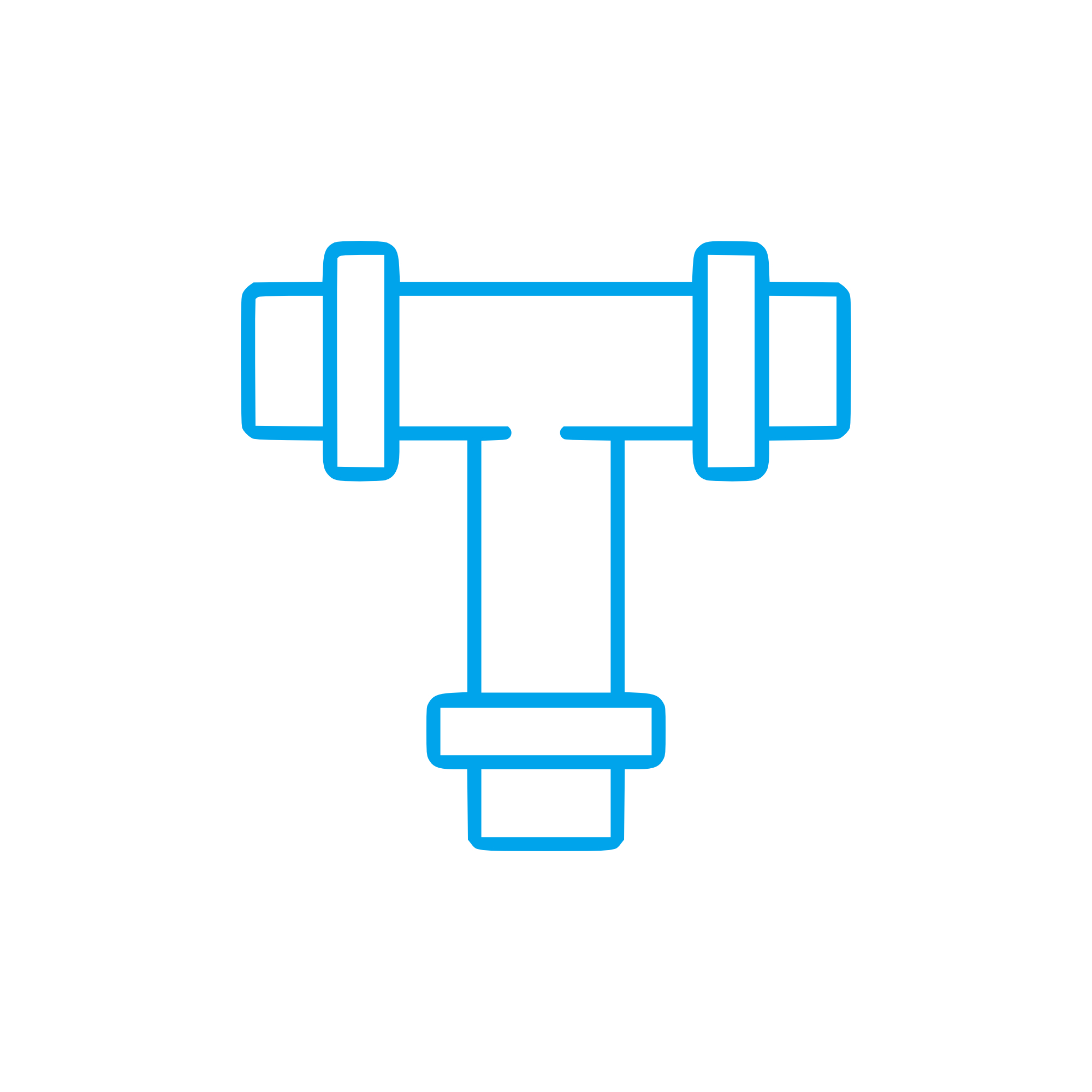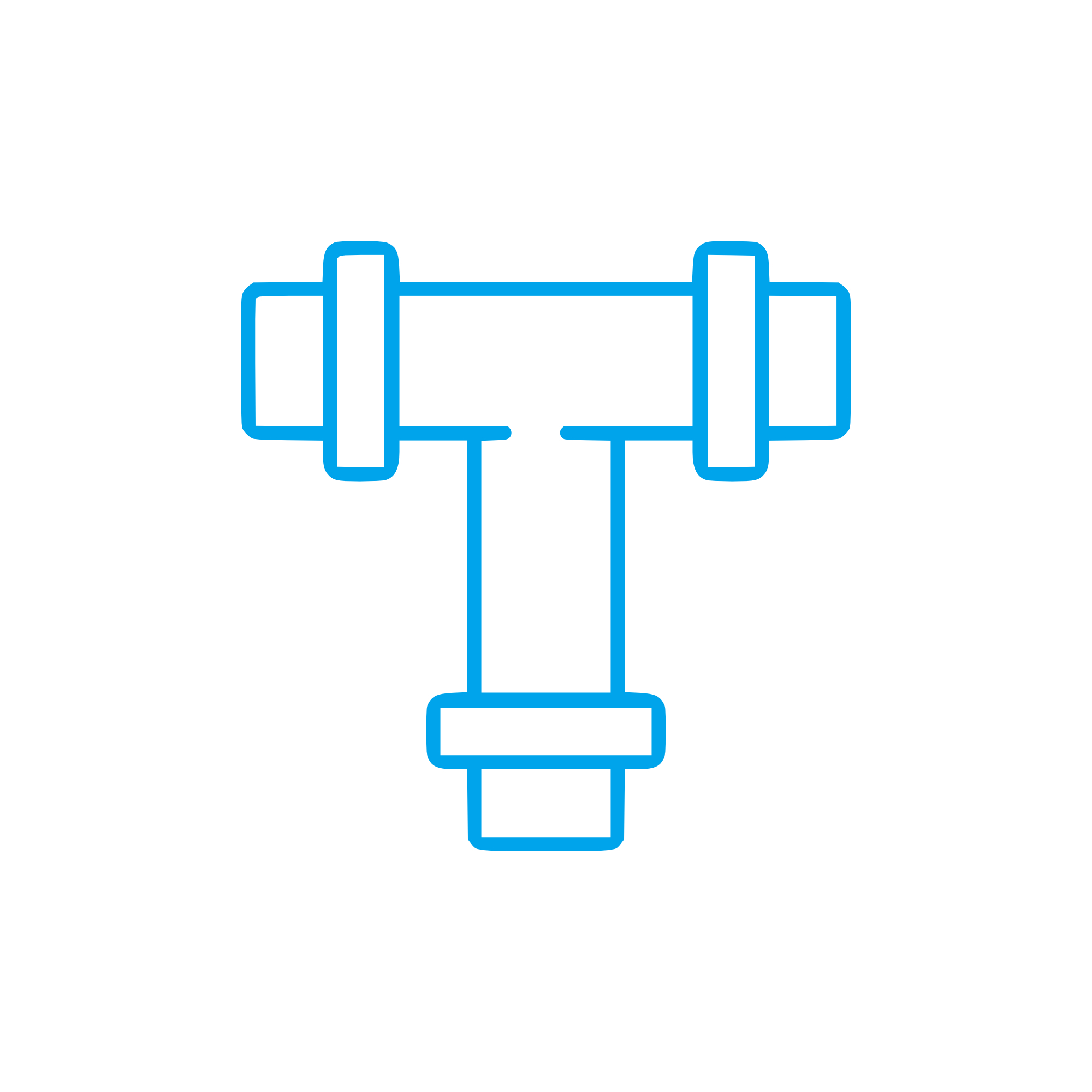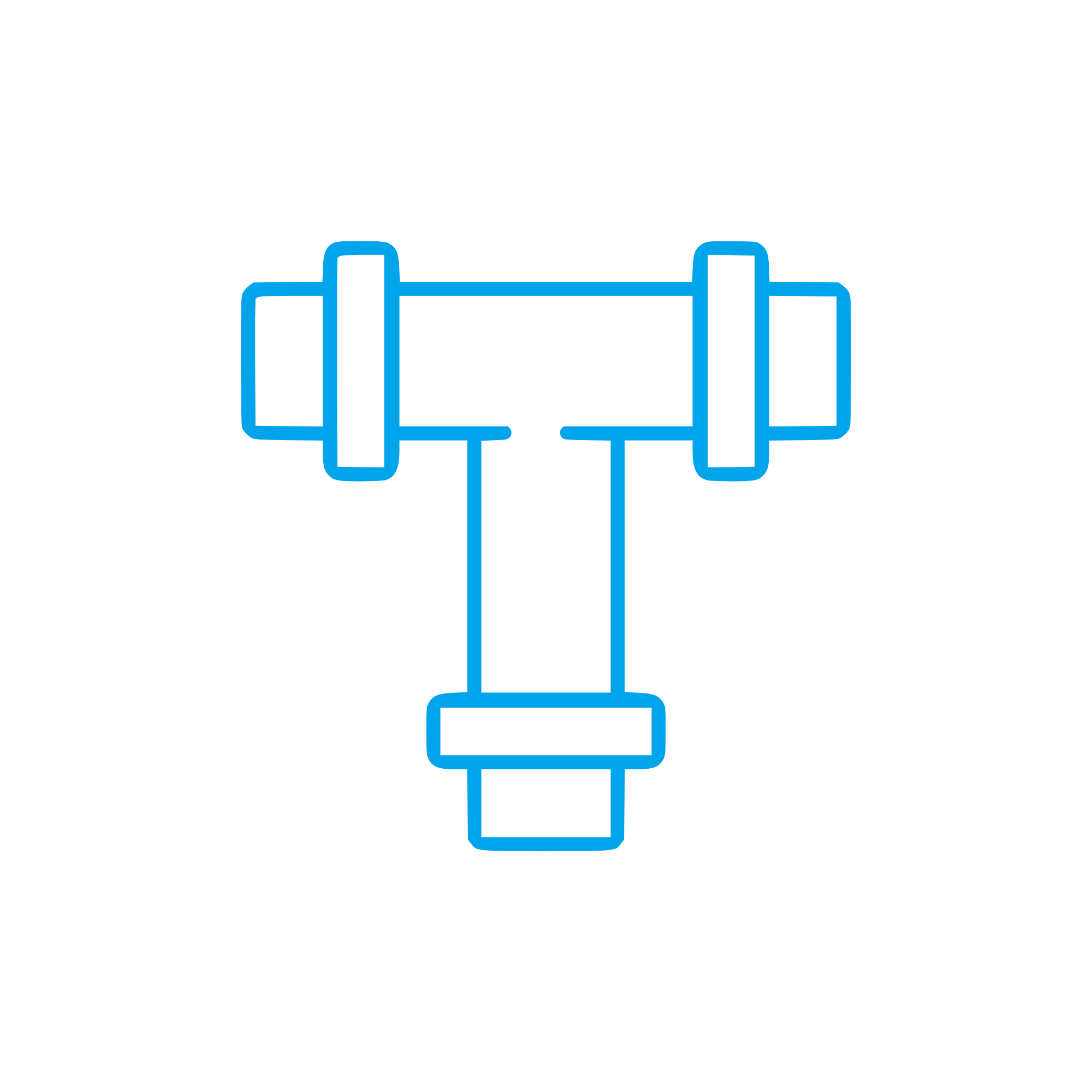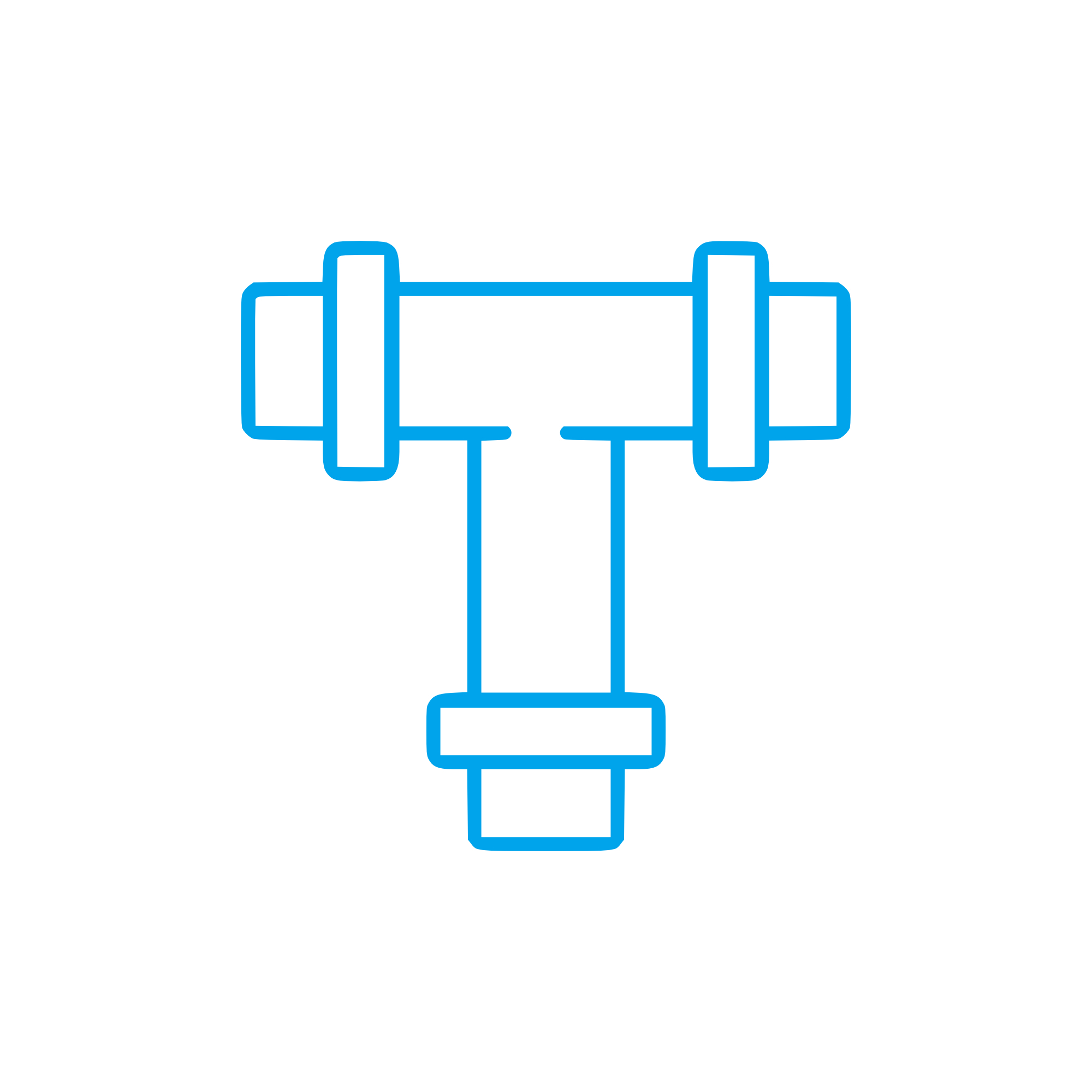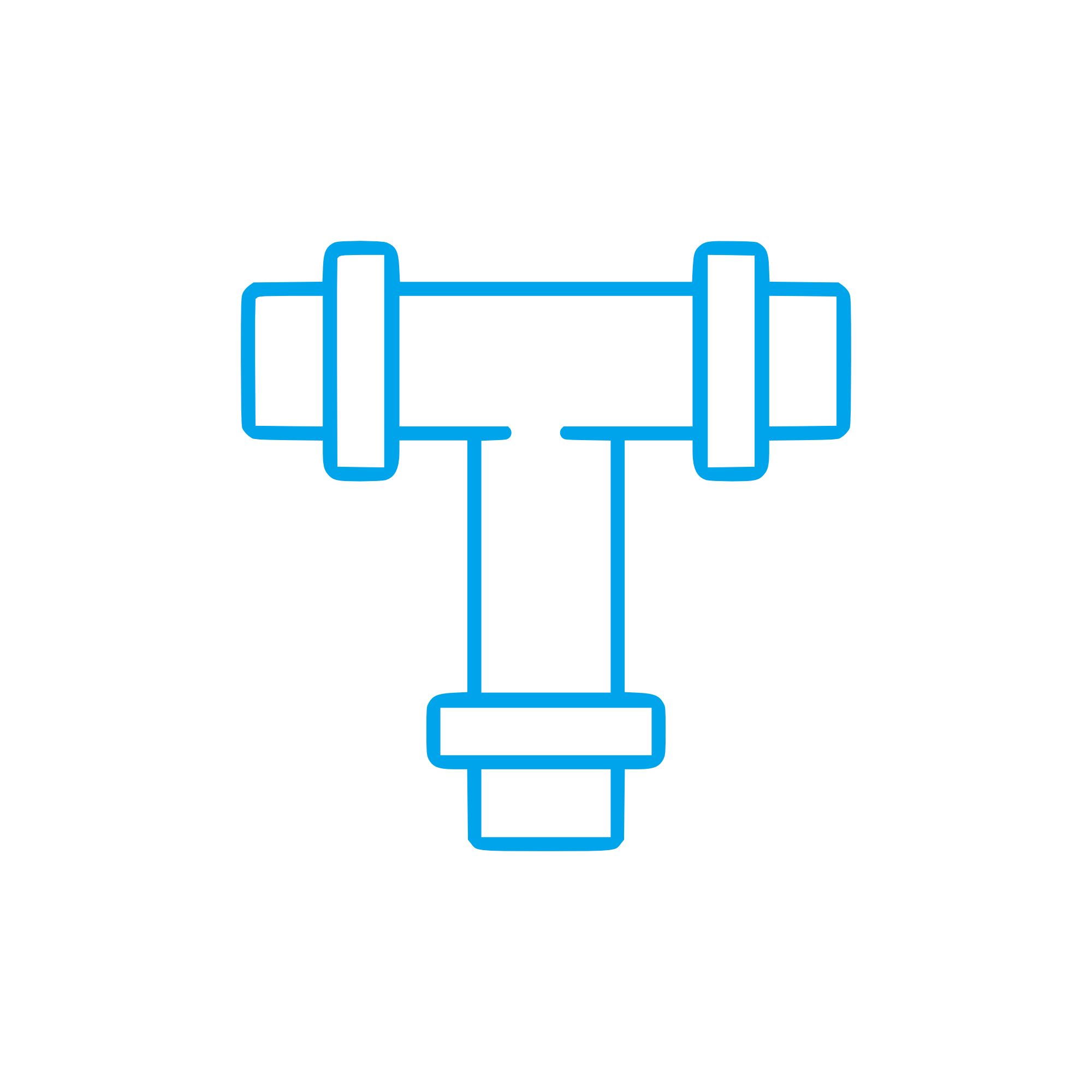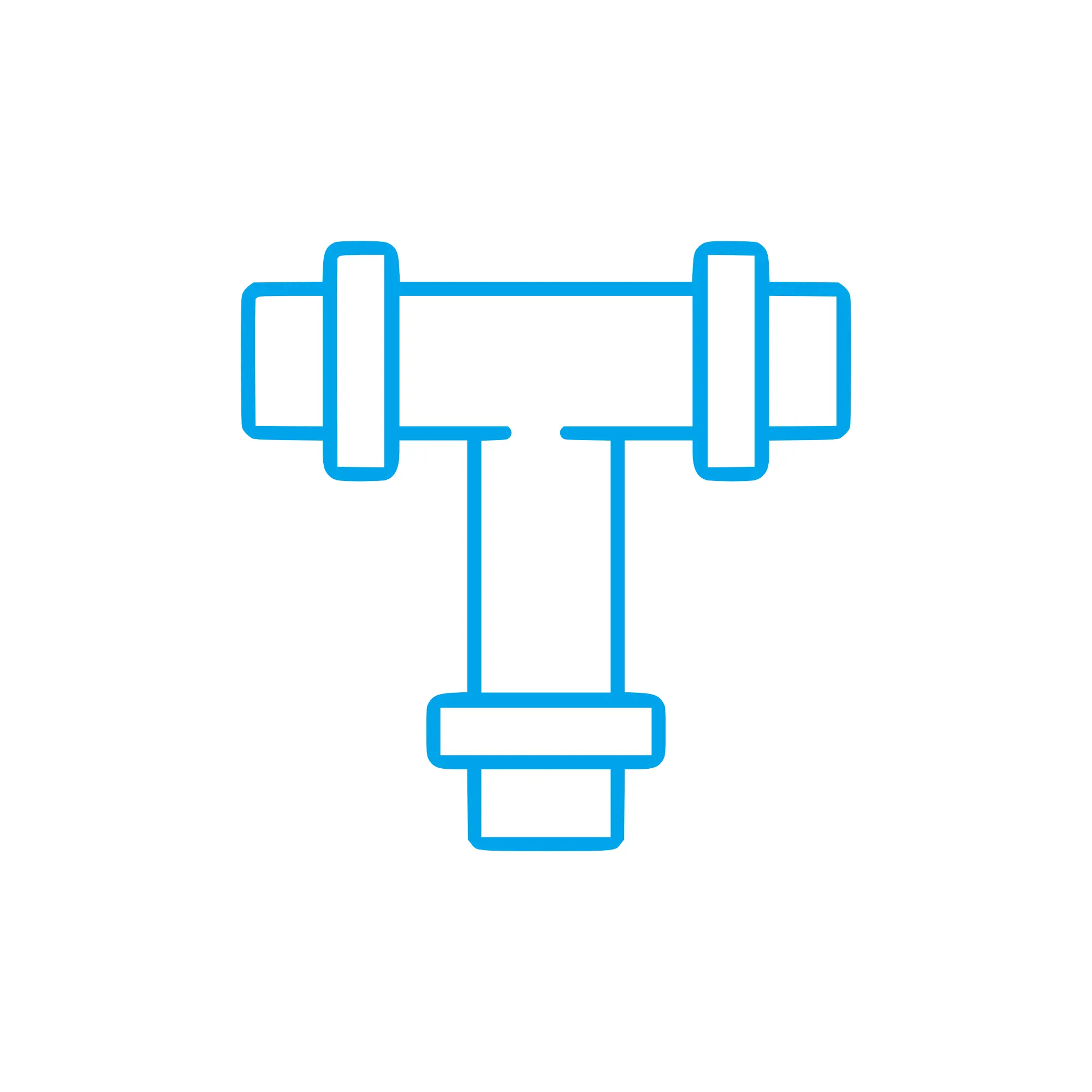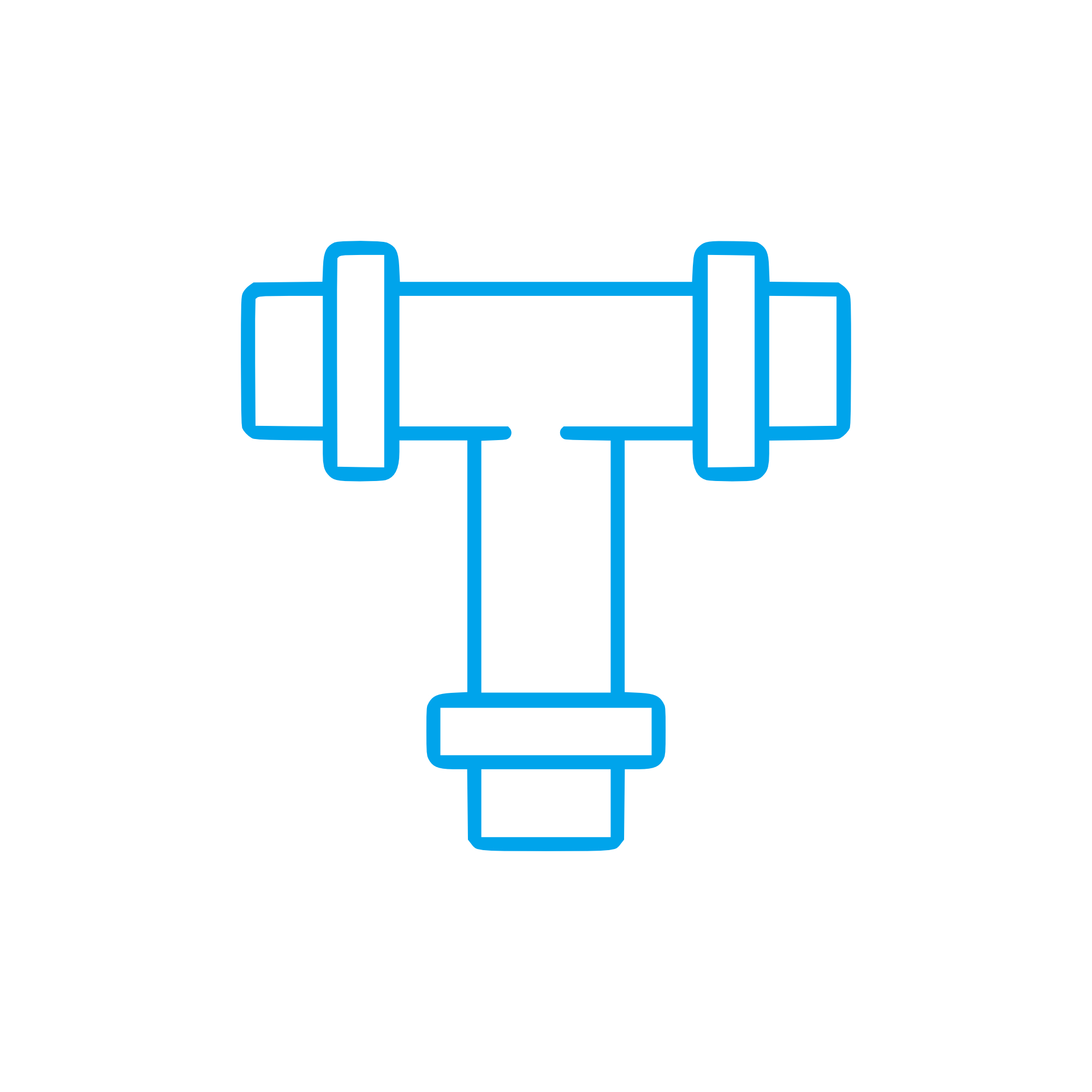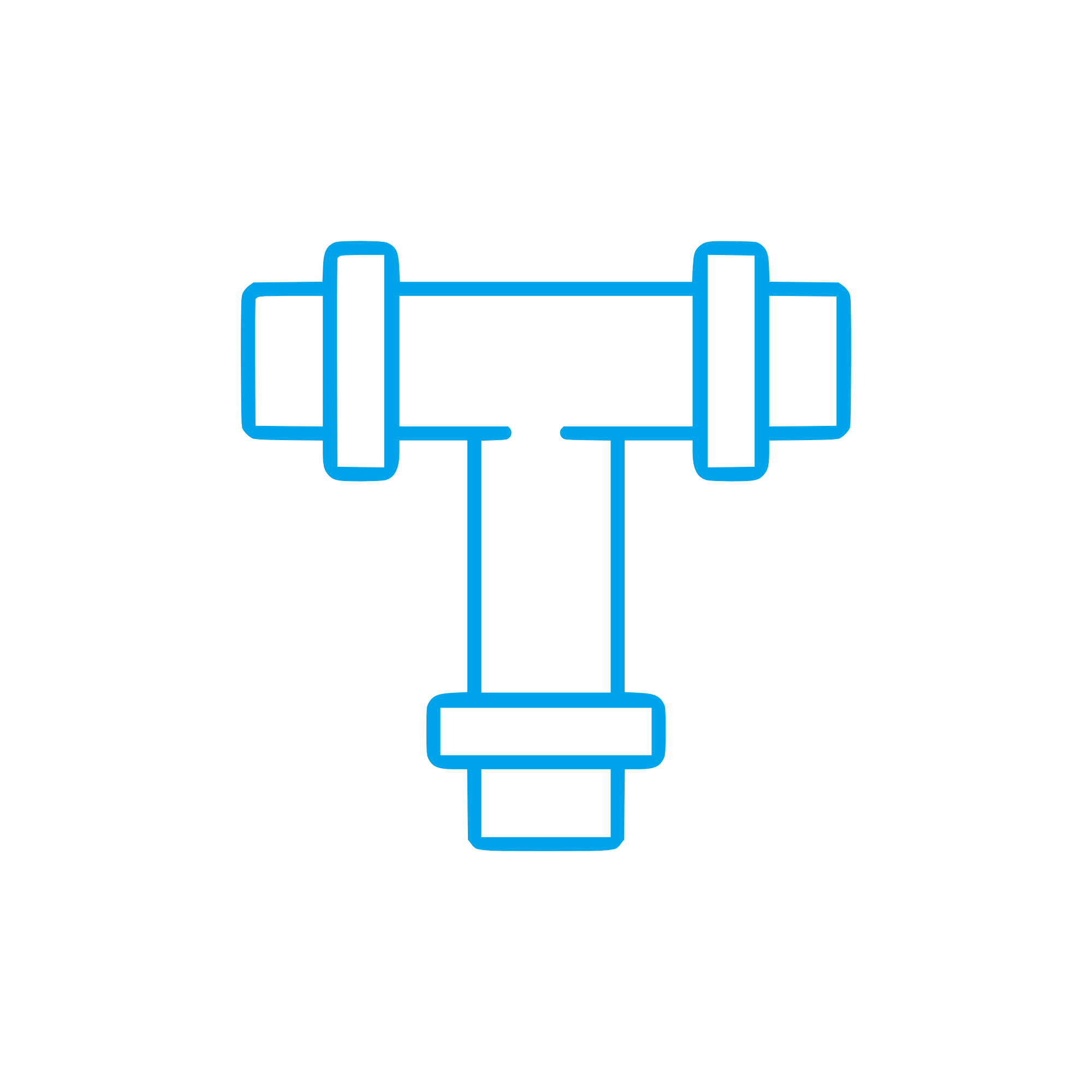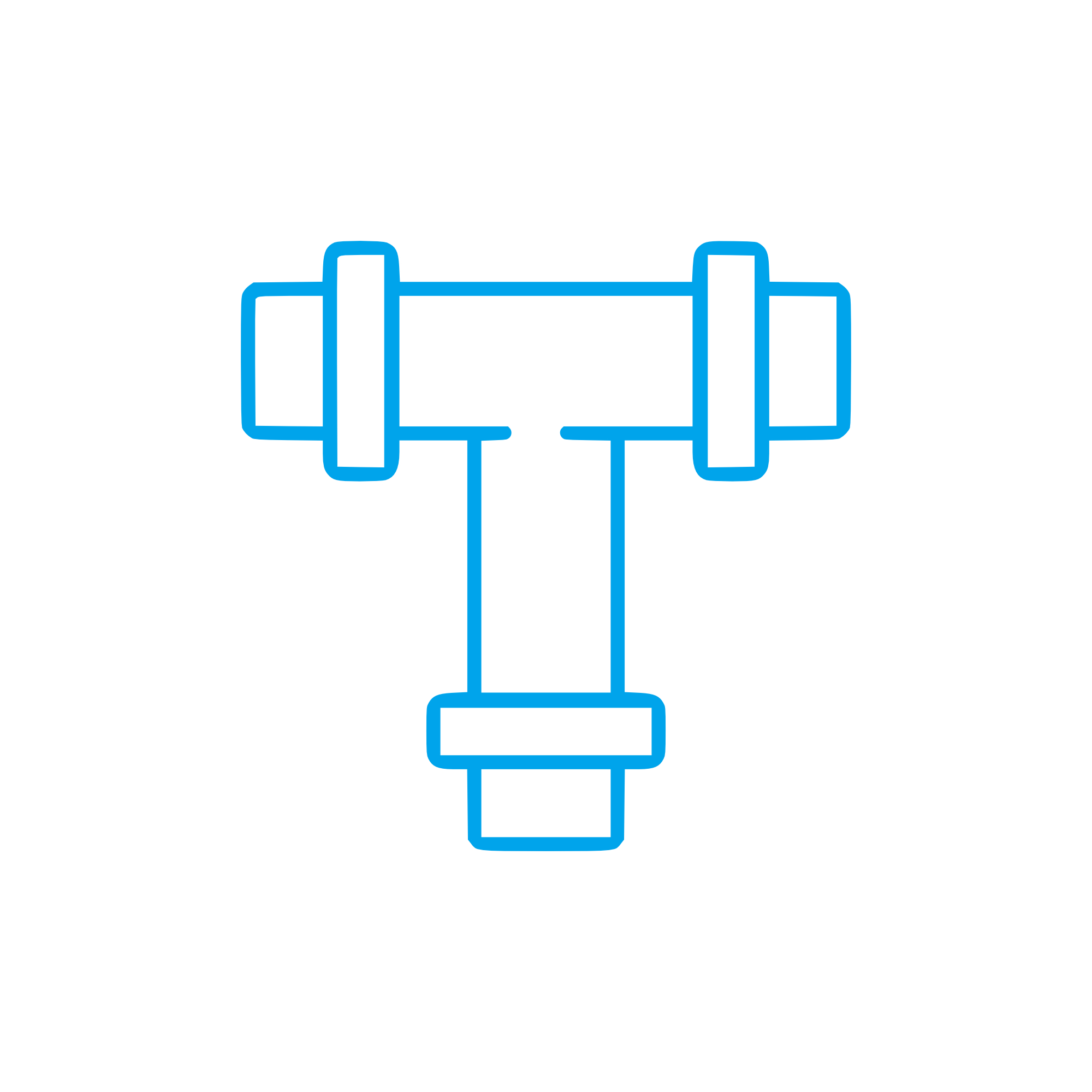FUEL LINE (leakage secured/jacketed) for Lines and Pipes in Heavy-Duty Engines
Lines and pipes form the circulatory system of any propulsion or power-generation unit. In a marine engine or stationary plant, they route fuel, lubricating oil, cooling water, compressed air, and process gases safely and efficiently between pumps, filters, injectors, coolers, and actuators. Within this category, the FUEL LINE (leakage secured/jacketed) is a safety-critical subset designed to contain and monitor high-pressure fuel, preventing atomized spray and mitigating fire risk. Together, these components underpin reliable starts, stable load acceptance, clean combustion, and compliance with safety regulations on board ships and in industrial installations.
Engineered lines and pipes are not generic tubing. They are dimensionally precise flow components with defined materials, pressure ratings, routings, and interfaces. They must withstand vibration, thermal expansion, pulsation from fuel injection, and corrosive environments while maintaining absolute tightness. For diesel and gas engines, correctly specified piping is a decisive factor for performance, operating economy, and uptime.
Technical function of lines and pipes and the role of FUEL LINE (leakage secured/jacketed)
Across a diesel engine or gas-fueled unit, lines and pipes transport media at pressures ranging from a few bar in return circuits to well over 2,000 bar in common-rail fuel systems. High-pressure fuel injection pipes are manufactured from seamless, high-strength steel with exact internal volumes to maintain injection timing and rate shaping. In a marine engine, the FUEL LINE (leakage secured/jacketed) adds an outer containment jacket with a leak-off connection and, commonly, an alarm interface. If the inner line weeps or ruptures, fuel is captured and routed to a safe drain while triggering a shutdown or alarm—eliminating hazardous spray and drastically reducing fire probability.
Low-pressure fuel feed and return lines, lube oil pipes, and cooling water pipes are sized and routed to minimize pressure drop, avoid aeration, and prevent hotspots. Flexible PTFE-lined hoses may be specified where vibration isolation or thermal movement is significant, while rigid pre-formed tubes with precision bends maintain clearance to hot surfaces and rotating parts. Clamping systems and compensation loops control vibration-induced fatigue. Connections use standardized cones, flares, or compression fittings to ISO/DIN standards, and sealing systems are matched to fluid type and temperature class.
The function of lines and pipes extends to instrumentation and control: small-bore impulse lines transmit stable pressure signals to governors and safety systems; purge and vent lines ensure clean startup; drain lines prevent fluid accumulation. For fuel systems in particular, jacketed designs on a diesel engine protect personnel and equipment, and help operators meet class society and SOLAS requirements by integrating leak detection with the engine’s safety circuits. When sourced as OEM parts, a FUEL LINE (leakage secured/jacketed) is delivered with the correct geometry, jacket routing, leak-off connectors, and paint/coating suitable for the installation environment.
- · Precisely formed geometry for correct routing and clearance
- · Materials and coatings matched to marine environments and fuel chemistry
- · Defined pressure classes for low-, medium-, and high-pressure circuits
- · FUEL LINE (leakage secured/jacketed) with integrated leak-off and alarm readiness
- · Vibration-optimized clamping and compensation loops
- · Cleanliness and burr-free bores to protect injectors and pumps
- · Tested tightness and dimensional accuracy for reliable assembly
- · Compliance-ready documentation to support class and safety audits
Why lines and pipes are critical for engine reliability and service life
Reliable flow paths ensure stable pressure, accurate fuel delivery, and adequate lubrication and cooling. If lines and pipes are worn, incorrectly routed, or out of specification, the effects cascade quickly: fuel injection timing can drift due to altered line volume, causing reduced power, higher specific fuel consumption, and soot formation. Micro-leaks admit air, degrading injector performance and accelerating pump wear. Corrosion pitting or clamp fretting initiates cracks that propagate under pulsation, risking sudden failure.
In cooling circuits, restricted or corroded pipes elevate local metal temperatures, shortening head-gasket and liner life. On lube systems, insufficient flow through a compromised pipe leads to bearing damage and turbocharger failures. For fuel systems, an unjacketed or defective high-pressure pipe can produce an atomized spray near hot surfaces—an acute fire hazard on a marine engine. Beyond safety, unplanned leaks cause environmental incidents, force derating, and trigger costly off-hire events. Simply put, correctly engineered and maintained lines and pipes are a primary determinant of engine longevity and operational continuity.
Advantages of OEM spare parts suitable for lines and pipes
Choosing OEM spare parts suitable for Lines and pipes preserves the engine builder’s design intent and performance envelope. Dimensional conformity ensures that each pipe’s internal volume, bend radii, and fitting positions match the original routing, which is essential for fuel injection dynamics and clearance to heat shields. Surface treatments and material grades are selected for corrosion resistance in marine atmospheres, and cleanliness levels protect precision components downstream.
For a FUEL LINE (leakage secured/jacketed) in a diesel engine, OEM spare parts align the inner high-pressure tube, outer jacket, leak-off unions, and sensor interfaces so that leak detection functions reliably without field adaptation. Pressure testing and traceable manufacturing deliver consistent tightness under pulsation, while correct clamps and supports reduce vibration stress. The result is dependable performance, reduced installation time, and lower lifecycle cost through fewer reworks and less downtime.
- · Exact fit and routing minimize installation time and risk
- · Verified pressure resistance and pulsation durability
- · Proper jacketing and leak-off integration for safety systems
- · Material traceability and coatings suited to marine engine service
- · Stable combustion and injector longevity through correct line volume
- · Predictable maintenance intervals and optimized total cost of ownership
MOPA: your partner for OEM parts in lines and pipes, including FUEL LINE (leakage secured/jacketed)
MOPA supplies OEM parts for diesel and gas engines with a strong focus on lines and pipes—fuel injection pipes, jacketed fuel lines, lube oil and cooling water pipes, and flexible hose assemblies. As an experienced, reliable trading partner, MOPA prioritizes speed, quality, and security throughout the procurement process. Customers benefit from responsive sourcing, documented quality, and careful packaging that protects form-critical components in transit.
Whether you need a FUEL LINE (leakage secured/jacketed) for a marine engine retrofit, a complete set of high-pressure injection pipes after an overhaul, or specific OEM parts to restore leak detection functionality, MOPA streamlines the process. Technical support helps ensure compatibility by engine model and serial number, and consolidated deliveries keep downtime to a minimum.
Conclusion: the role of lines and pipes and OEM spare parts
Lines and pipes—especially the FUEL LINE (leakage secured/jacketed)—are fundamental to engine safety, performance, and compliance. Correctly engineered flow paths keep fuel, oil, and coolant where they belong, under the right pressure, with dependable monitoring.
By choosing OEM spare parts suitable for Lines and pipes, operators protect engine efficiency, extend service life, and control maintenance budgets. With MOPA, purchasers and shipowners gain a trusted source for fast, secure access to high-quality OEM parts for diesel and gas engines.


